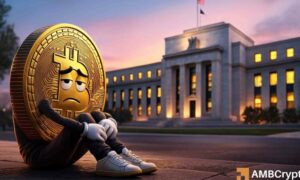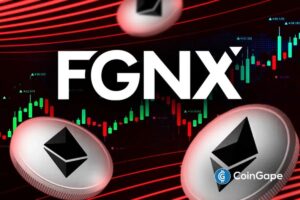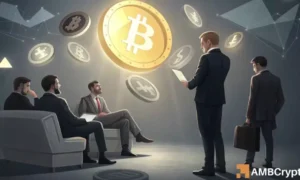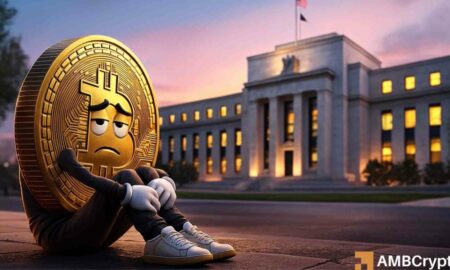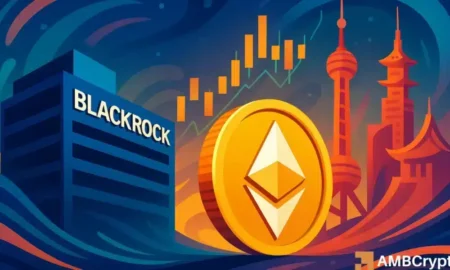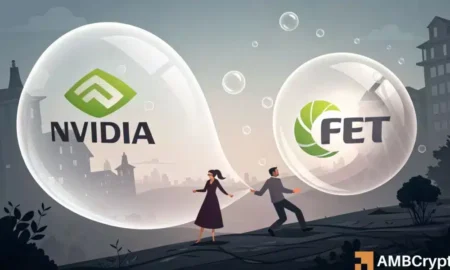The Strategic Launch of Bitwise’s XRP ETF: An Analytical Overview
In a notable move within the cryptocurrency landscape, Bitwise has officially launched the Ripple XRP Spot ETF, marking a significant moment for both institutional investment in digital assets and the evolvement of the XRPL (XRP Ledger). Priced with a management fee of 0.34%, the ETF offers an enticing proposition—early investors can access it free of charge for the first $500 million in assets. This initial strategy reflects Bitwise’s foresight in attracting early adopters as it signals institutional confidence, even amid market fluctuations. However, the broader implications extend beyond immediate price movements, marking this launch as a long-term investment in the XRPL infrastructure itself.
A Long-Term Bet on XRPL’s Infrastructure
The launch of the ETF is not merely a gambit based on the price trajectories of XRP. Instead, Bitwise emphasizes the potential of XRPL as a durable payments solution aimed at capturing a significant portion of the burgeoning cross-border payments market, which could reach $250 trillion by 2027. The XRP Ledger distinguishes itself as the third-largest Layer 1 blockchain in terms of transaction capability, boasting an impressive ability to settle payments in just 3-5 seconds at a minimal cost. With over 4 billion transactions processed and an average daily volume nearing $1.9 billion, XRPL’s operational efficiency presents a compelling case for its long-term viability as a payments platform.
Ripple Versus Bitcoin: Can It Mirror ETF Success?
While the launch is promising, questions loom about whether Ripple can achieve ETF success akin to Bitcoin’s (BTC). Currently, the market sentiment is a bit sobering. The risk-off atmosphere has stunted broader financial enthusiasm, and Ripple’s performance hasn’t captured traders’ excitement, with XRP down approximately 25% in Q4 alone. This divergence from ETFs like the Solana ETF—recently welcomed with substantial inflows but suffering from declining prices—underlines the challenge faced by Ripple in replicating Bitcoin’s past successes. For context, Bitcoin’s ETF launch in early 2024 sparked an over 80% price rally, prompting questions about whether any such momentum is feasible for XRP.
Market Dynamics: A Difficult Environment
Despite the strategic significance of the XRP ETF launch, the market conditions complicate its potential impact. With XRP lagging behind other cryptocurrencies like Solana, which attracted nearly $500 million in inflows, it becomes crucial to acknowledge the understated enthusiasm surrounding XRP. Presently, XRPL’s Total Value Locked (TVL) has seen a downturn, shrinking by approximately $50 million since hitting a peak of $120 million in late July. This pullback points to waning network participation, even as institutional interest in XRP remains palpable.
Institutional Confidence Amid Market Pullback
The launch occurs against a backdrop of significant market volatility, making Bitwise’s approach a calculated strategy to bolster confidence in XRPL’s long-term infrastructure rather than focusing solely on immediate price spikes. Ripple’s inbuilt advantages, such as transaction speed and cost-effectiveness, further establish it as an entity with direction in the evolving payment landscape. However, the broader adoption and market enthusiasm appear muted, calling into question the ETF’s immediate effects on XRP prices.
Conclusion: A Strategic Bet on the Future of Payments
Bitwise’s XRP ETF may not immediately trigger the highs many investors anticipate, but it represents a fundamental shift toward institutional backing within the cryptocurrency space. By establishing a credible ETF, Bitwise is making a strategic bet that the XRPL’s advanced infrastructure can meet the future demands of the expansive payments market. As the crypto landscape continues to evolve, the real test will be whether momentum can build around XRP itself or if it will remain a shadow of other successful ETFs. As XRP and the XRPL navigate this intricate financial terrain, there is a collective hope that the infrastructure investment will eventually cultivate sustainable market interest and avid participation.
